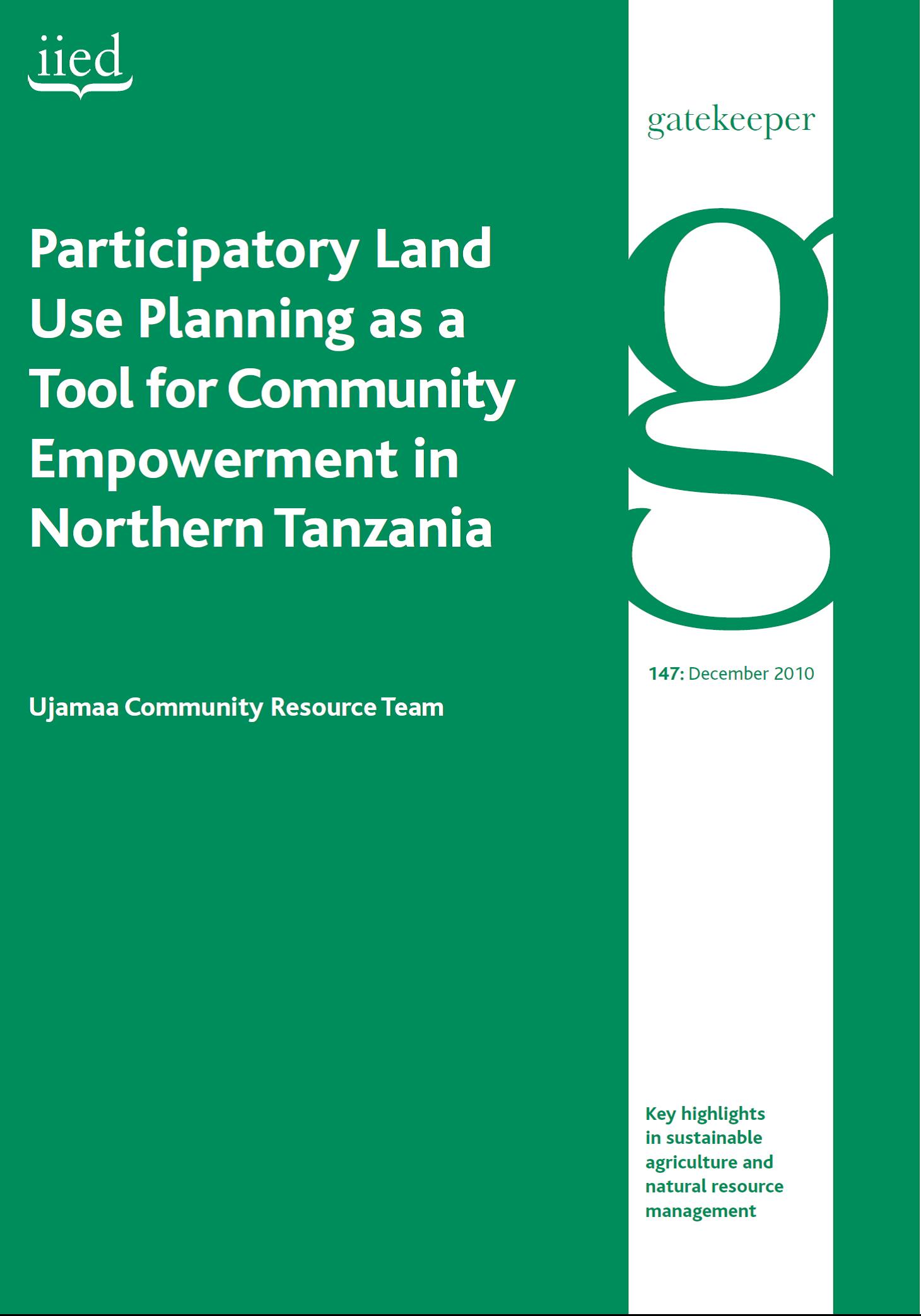Crofting and bumblebee conservation: The impact of land management practices on bumblebee populations in northwest Scotland
The northwest of Scotland is a stronghold for two of the UK's rarest bumblebee species, Bombus distinguendus and Bombus muscorum. The predominant form of agricultural land management in this region is crofting, a system specific to Scotland in which small agricultural units (crofts) operate rotational cropping and grazing regimes. Crofting is considered to be beneficial to a wide range of flora and fauna. However, currently there is a lack of quantitative evidence to support this view with regard to bumblebee populations.


